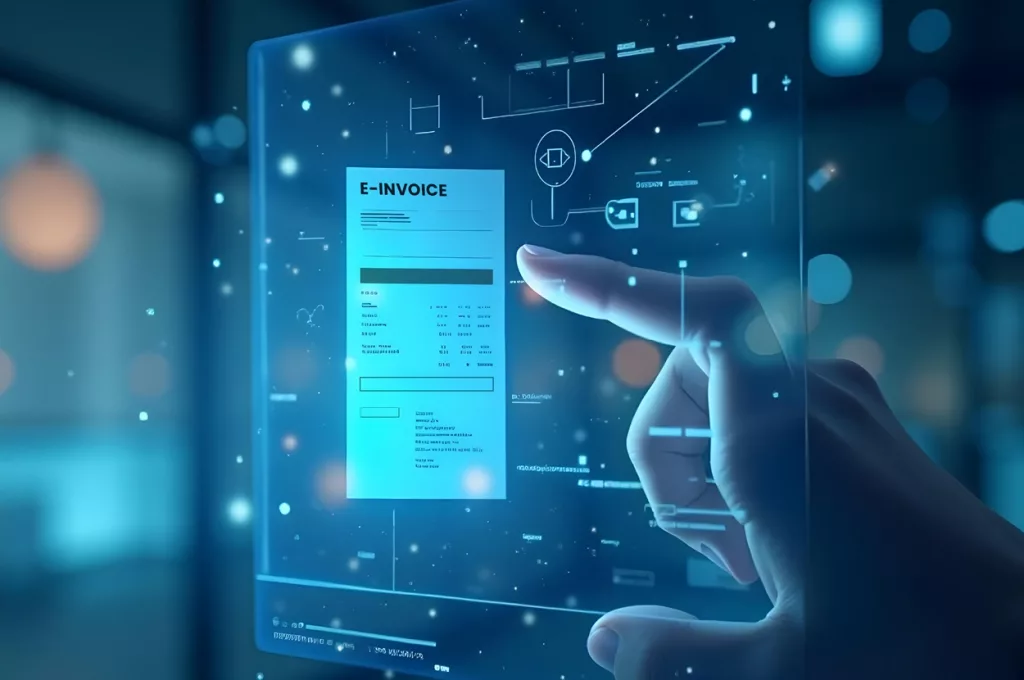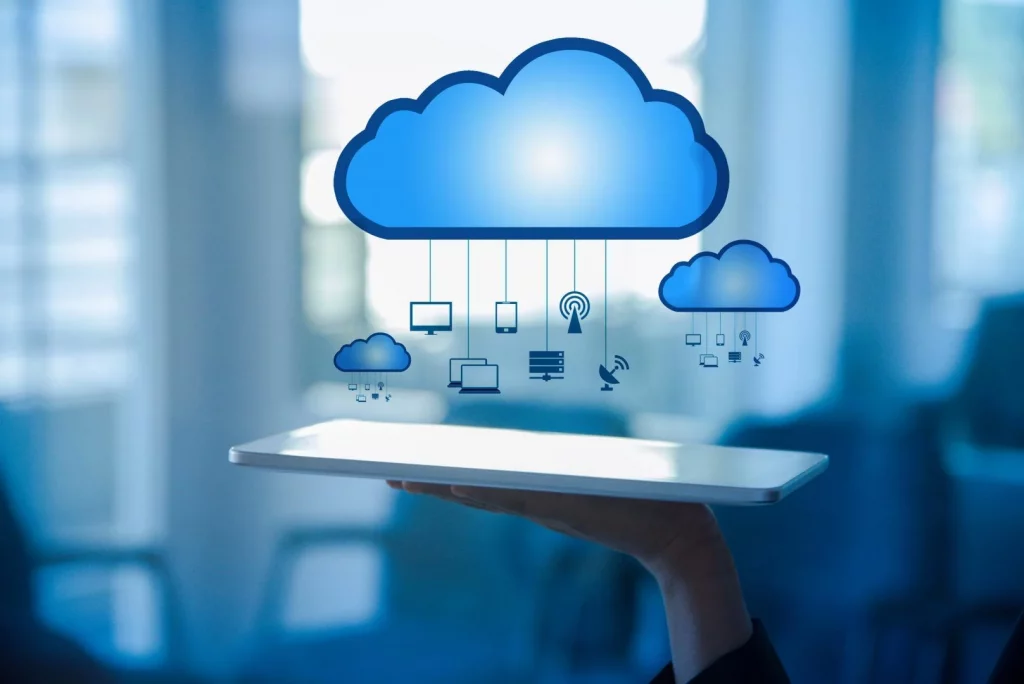Malaysia’s digital transformation is shaking up the business world, and e-invoicing is front and center. For micro, small, and medium enterprises (MSMEs), this isn’t just another government mandate, it’s a chance to streamline compliance, cut costs, to align with future-ready business practices and stand tall in a crowded market.
This resource breaks down what e-invoicing means for your small business, the challenges you might face, how a free plan can get you started, and why Cygnet’s e-invoicing platform is the partner you need to make it all happen. Ready to level up your e-invoicing game? Let’s get to it.
e-invoicing Malaysia: Overview
Forget piles of paper invoices or emailing PDFs that get lost in the shuffle. e-Invoicing is all about going digital—creating, sending, and storing invoices electronically.
With the rollout of e-invoicing in Malaysia, the Inland Revenue Board (IRBM, or Lembaga Hasil Dalam Negeri) is driving this mandate to simplify tax reporting, reduce manual errors, and strengthen the digital economy—while ensuring businesses stay aligned with evolving e-invoicing compliance requirements.
e-Invoices are digital generated document between trading parties i.e. buyer and supplier in a format and with mandatory fields as required by IRBM. e-invoices are reported to Malaysia’s Inland Revenue Board (IRBM) through the MyInvois Portal or API in either XML or JSON formats. Each e-Invoice is automatically validated in real time with a unique ID and QR code applied and then distributed to the buyer.
This is a revamped system aimed at enhancing tax precision, minimizing tax evasion, and providing clarity in every business interaction—B2B, B2C, and B2G, as well as cross-border transactions.
It’s not just compliance; it’s a smarter way to run your business.
MSME Compliance Malaysia: e-invoicing implementation deadlines
Malaysia’s rolling out e-invoicing based on how much your business earns annually, so smaller companies get some time to gear up. Here’s the plan as of June 2025:
| Phase | Yearly Revenue (RM) | Start Date | Who’s This For? |
| Phase 1 | Over 100 million | Aug 1, 2024 | Large enterprises |
| Phase 2 | 25M – 100M | Jan 1, 2025 | Mid-sized firms |
| Phase 3 | 500K – 25M | Jul 1, 2025 | Most MSMEs |
| Phase 4 | 1M – 5M | Jan 1, 2026 | Smaller MSMEs |
| Phase 5 | Above 500K | Jul 1, 2026 | All taxpayers |
Implementation timeline for new businesses commencing from 2023 to 2024
| Annual Turnover or Revenue of Targeted Taxpayers | Implementation timelines |
| More than RM 500000 | 1st July 2025 |
| Up to RM 500000 | 1st January 2026 |
The implementation timeline for business commencing in 2025 will be 1 January 2026 or upon the operation commencement date.
Interim Relaxation in the Implementation Timeline
IRBM has given an interim relaxation of 6 months for each phase to prepare their businesses for the e-invoicing mandate. The said relaxation period is as follows:
| Annual turnover or revenue threshold of Taxpayers | Timeline | Relaxation period |
| More than RM 100 million | 1st August 2024 | 1st August 2024 to 31st January 2025 |
| More than RM 25 million up to 100 million | 1st January 2025 | 1st January 2025 to 30 June 2025 |
| More than RM 500000 up to RM 25 Million | 1st July 2025 | 1st July 2025 to 31 December 2025 |
| Up to RM 500000 | 1st January 2026 | 1st January 2026 to 30 June 2026 |
Exemptions: If your business makes less than RM500,000 a year, you’re likely in the clear—unless you’ve got non-individual shareholders, subsidiaries, or related companies with over RM150,000 in revenue. Once you start e-invoicing, you’re locked in, even if your revenue drops later.
Example: If your MSME pulls in RM600,000 in 2025, you’ll need to start e-invoicing by January 1, 2027. For smaller sales, you can bundle them into one monthly invoice, unless you’re dealing with big-ticket items like cars or luxury goods.
Not sure how to begin? Reach out to Cygnet for a free consultation!
Schedule a free consultation nowE-invoicing Malaysia: Challenges for MSMEs
Switching to e-invoicing can feel like learning a new language for small businesses. Here are the big hurdles:
- Financial Constraints: Upgrading software or tools can hit your wallet hard, especially when every ringgit counts. Many MSMEs lack the capital for upfront technology investments.
- Lack of Infrastructure: Smaller businesses may not have robust IT systems or ERP platforms that align with Malaysia e-invoicing system requirements, making integration with the MyInvois system and adoption of API-based solutions particularly challenging.
- Lack of Knowledge and In-House Experts: MSMEs often lack dedicated IT or tax professionals to navigate IRBM guidelines, configure systems, or train staff on e-invoicing processes.
- Resistance to Change: Shifting from manual or paper-based invoicing to digital systems can meet resistance from employees accustomed to traditional workflows.
Why e-Invoicing Malaysia is a Game-changer for MSMEs
Once you clear the initial hurdles, e-invoicing can supercharge your business. Here’s how it pays off:
- Faster Cash Flow: Digital invoices get sent and validated quickly, speeding up payment cycles. Real-time tracking minimizes disputes.
- Reduced Manual Errors and Better Recordkeeping: The chances of errors due to manual intervention are higher, automating this ensures accurate financial records.
- Tax Reporting and Audit Readiness: MyInvois integration makes filing taxes simple keeping in check IRBM regulations, and your e-invoices are audit-ready.
- Builds Credibility: Using e-invoicing attracts large corporations or government entities requiring digital compliance, providing a ladder to grow business and credibility.
- Government Goodies: Get tax deductions up to RM50,000 a year (2024-2027) for e-invoicing costs, plus grants up to RM5,000 for digital upgrades.
- Improved Working Capital: Faster payments and reduced administrative costs free up resources for growth initiatives.
- Save Big: Ditch paper, stamps, and manual work to focus on what really matters.
Real-World Example: A small café with RM200,000 in yearly revenue can use Cygnet’s free plan to send up to 50 e-invoices a month. They will have a hands-on experience, master compliance and streamline their processes before committing to a solution provider.
MSME compliance Malayia: How to start e-invoicing with cost-effective plan
Cygnet, an MDEC accredited service provider aligned with Malaysia’s e-invoicing requirement, provides an entry-level freemium plan particularly designed for MSMEs or small businesses. MSMEs can get 3 months zero-subscription access to cloud based e-invoicing platform with no integration requirement allowing up to 100 e-invoice generation per month to help meet IRBM e-invoicing compliance requirement
This is an entry level plan to step into e-invoicing ecosystem with zero cost, after trails MSME can upgrade to affordable subscription plans to integrate advance features, support high volume transactions and scalability.
Kick things off with Cygnet’s free e-invoicing plan.
Explore Free PlanWrapping It Up
e-Invoicing isn’t just a mandate for MSMEs in Malaysia—it’s a chance to streamline your work, stay compliant, and save serious cash. Starting with a free plan like Cygnet’s lets you learn the ropes, get your team on board, and test the system without spending a dime. As your business takes off, upgrading to Cygnet’s premium plan gives you the tools to handle more invoices, connect with major systems, and even take on global clients.
Cygnet’s platform makes it affordable, easy, and backed by local expertise. Don’t just meet the mandate—make it work for you and transform your business today.











